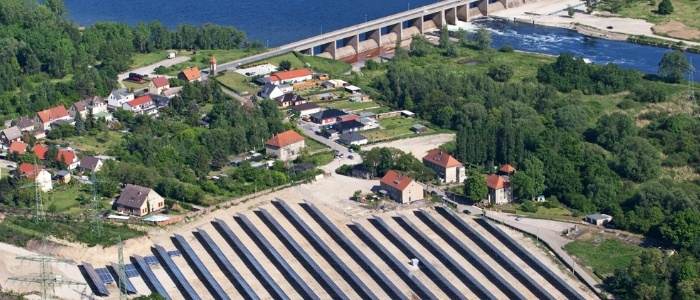In the wake of the Russian invasion of Ukraine, electricity prices reached unprecedented heights. However, the situation has been calming down for several months, and recently electricity has become cheaper. “For consumers, this is good news”, commented Markus W. Voigt, CEO of the aream Group. “However, it cannot be assumed that electricity will soon be as cheap as it was before the crisis.”
Electricity prices had already started to rise by the end of 2021, with the post-Corona upturn boosting demand and leaving its mark on the markets. While wholesale electricity cost an average of around EUR 30 per megawatt hour (MWh) in 2020, it was more than three times as much the following year. With the start of the Ukraine war, the shortage of natural gas then caused drastic price increases. In August 2022, the peak was reached. Since then, the gas supply has eased, and the mild winter and consumer savings have reduced demand. This is also making electricity cheaper again.
Recently, the downward trend in day-ahead prices – i.e., the prices paid for electricity delivery the following day – has continued on the exchanges. In February, the MWh in Germany still cost EUR 128.31. In March, the price dropped to EUR 102.52, in April to EUR 100.74 and in May even to EUR 81.72. There were similar developments in southern Europe: In Italy, the MWh fell in price from EUR 161 to just under EUR 106 between February and April May. In Spain, the price plummeted from EUR 133.47 to EUR 7.21.
The monthly market values, i.e., the average revenues of the green electricity on the stock exchange, which were achieved with the direct marketing in the respective month, have also fallen. Between February and April, the spot market price fell from 12.83 cents per kWh to 10.07. The monthly market value for onshore wind declined from 10.62 to 8.94 cents, and solar saw a decline from 12.34 to 8.00 cents. In some cases, negative prices also occurred in certain hourly intervals. This can occur when so much electricity is fed into the grid that it can no longer be used in any meaningful way.
The reduction in wholesale prices is also slowly reaching end customers, with many suppliers lowering their rates in May. “Nevertheless, forecasts predict that electricity prices will remain high for the next few years”, said Voigt. This is due to a structural increase in demand in the course of the electrification of the economy and society. At present, many suppliers are also hesitant to reduce prices because they have not fully passed on the price peaks of the past year to customers and the resulting losses have to be absorbed first.
Overall, therefore, electricity prices are not expected to fall permanently. According to the German newspaper “Handelsblatt”, the municipal electricity companies expect tariff levels to be around twice as high as before the crisis. “This means that consumers will not face extreme, but permanent burdens”, said Voigt. On the other hand, there is a stable environment for suppliers of electricity from renewable sources.
PRESSEKONTAKT:
Leandra Kiebach
T: +49 (0)211 30 20 60 4-2
E: lk@aream.de


